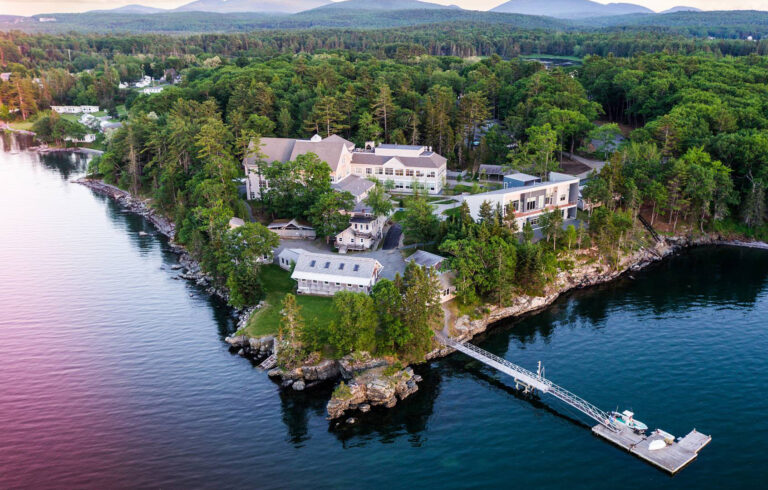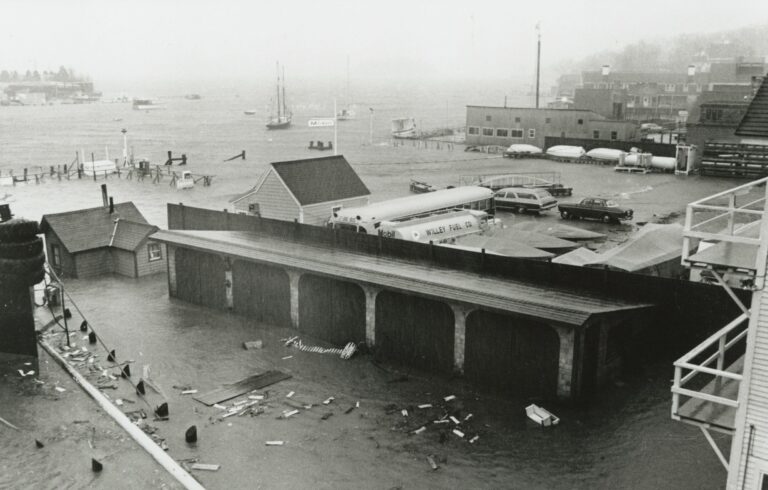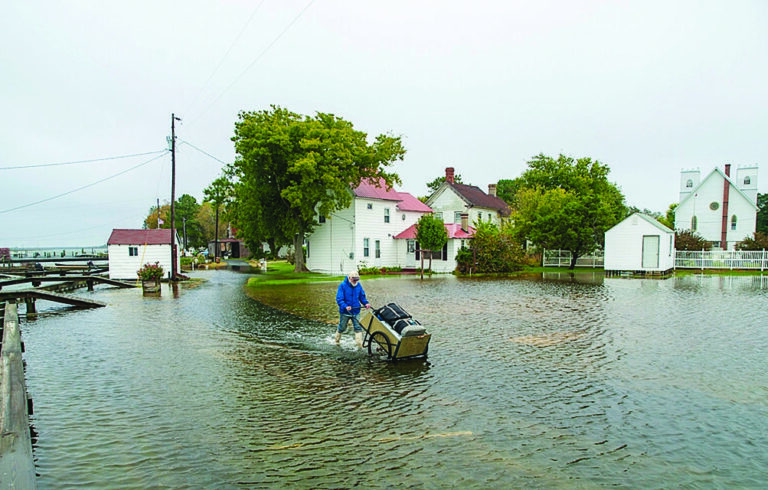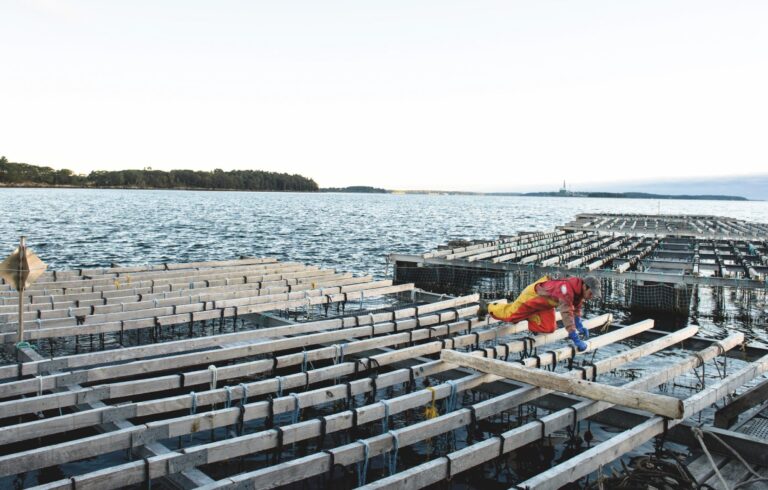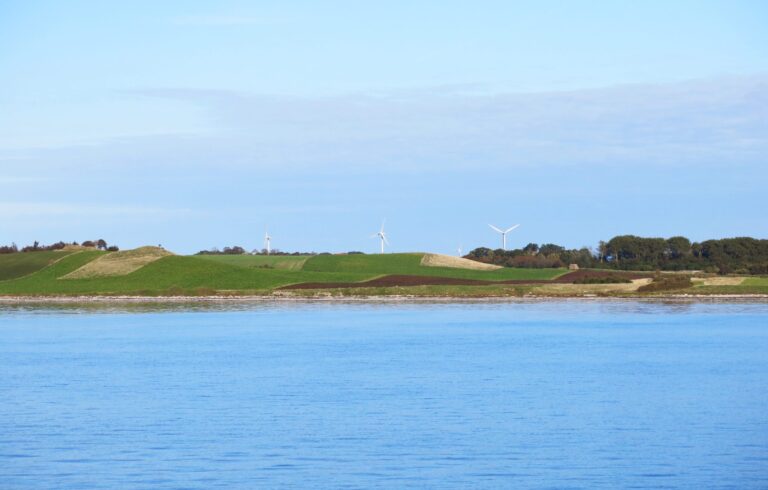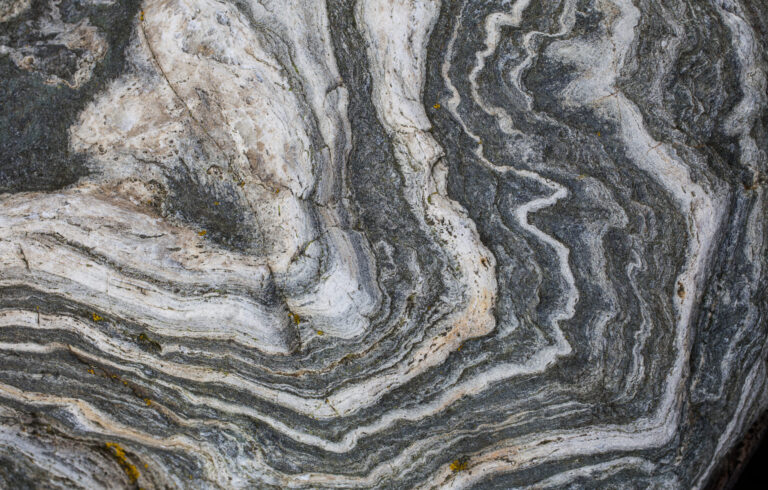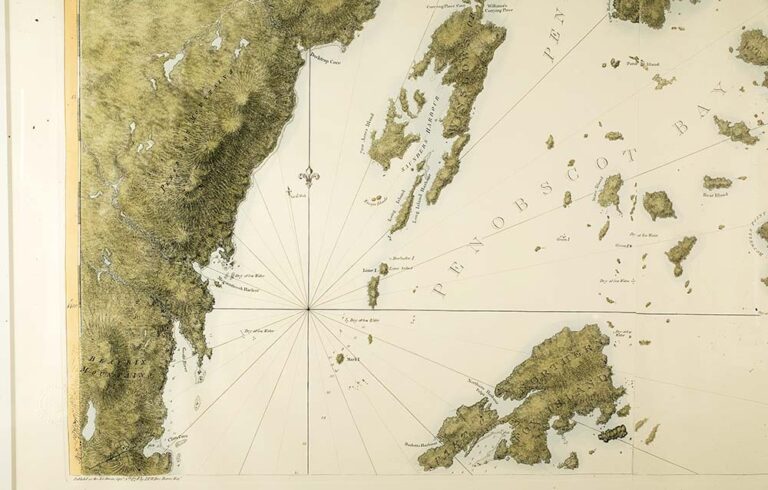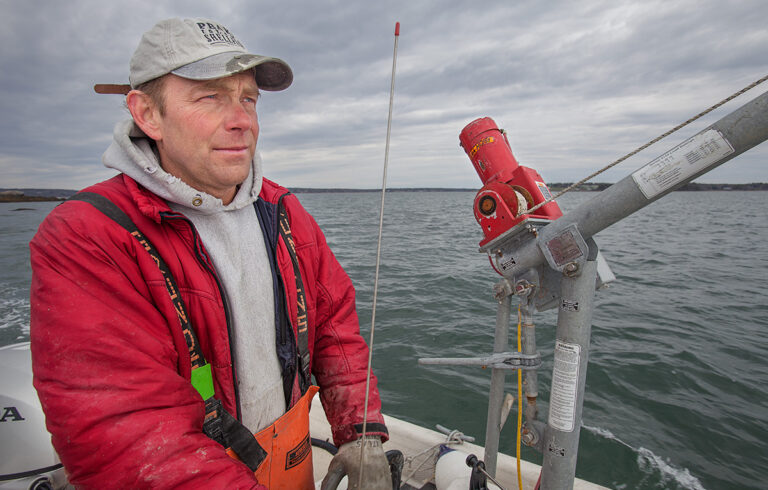Island Journal
The Laboratory by the Sea
In the late 1800s, biology was becoming a real science and profession. The discoveries of Alexander Humboldt, the publication of Darwin’s The Origin of Species, and the classification work of Jean Louis Rodolphe Agassiz had spurred interest in diversity and evolution.
One place where biologists could easily access many life forms was the marine environment. At the turn of the 19th century, marine research stations were being set up all over the world. One of them, the Tufts Summer School of Biology, opened at Potts Point in South Harpswell on Casco Bay in 1898. The first summer, eight students and their teachers hauled seawater half a mile to a small cottage that served as laboratory and dorm.
In 1920, affluent Bostonian George B. Dorr, the main driver behind the creation of Acadia National Park, decided there should be a marine research station on Mount Desert Island. He knew about the South Harpswell laboratory and came up with a plan to move it to the former Thomas Emery Farm in Salisbury Cove. He touted the property’s beneficial qualities: “good wharfage opportunity, its picturesque character, its old farmhouse and the pure water…coming in a deep continuous channel from the open sea.” SEE MORE

